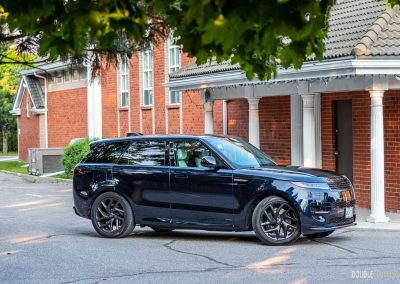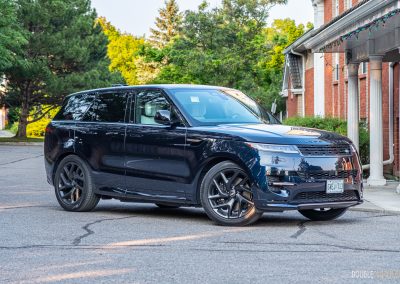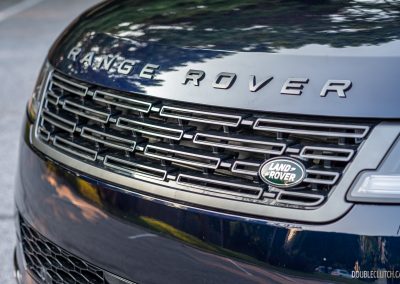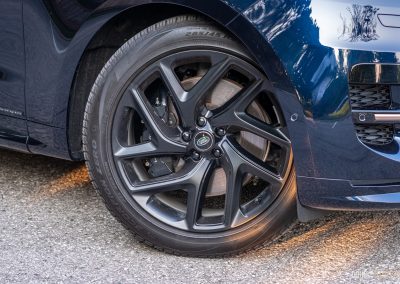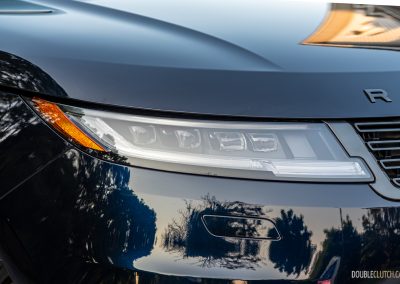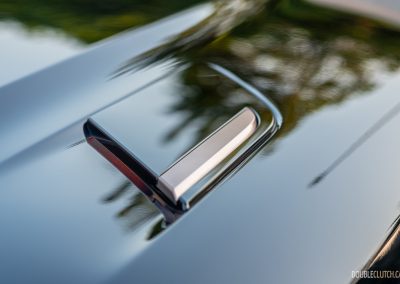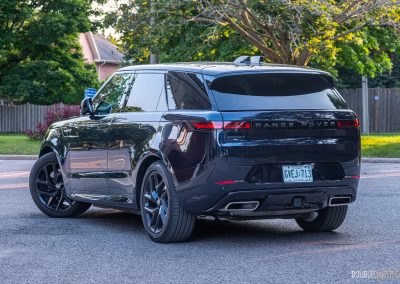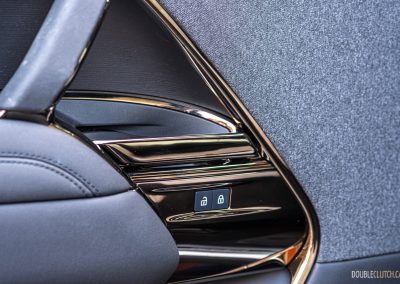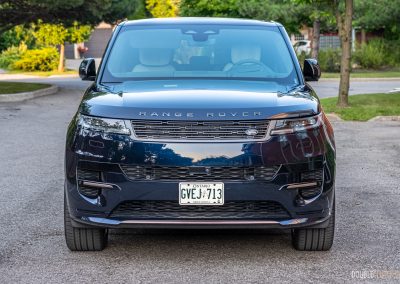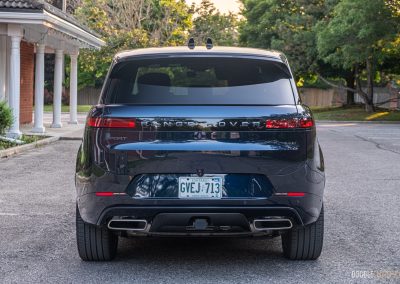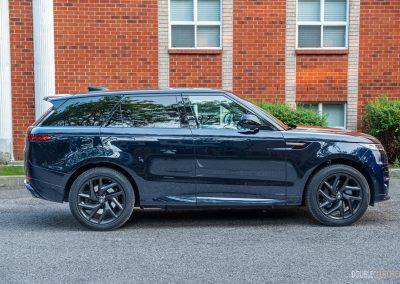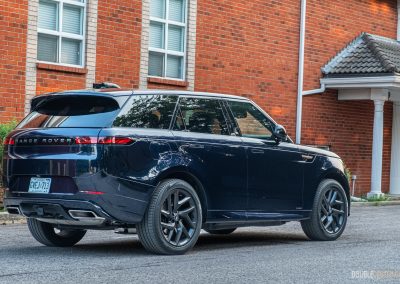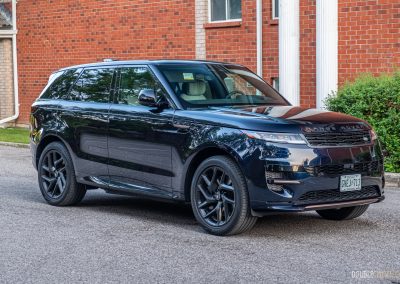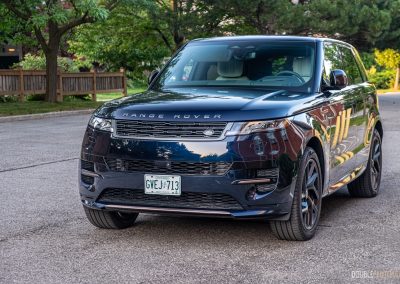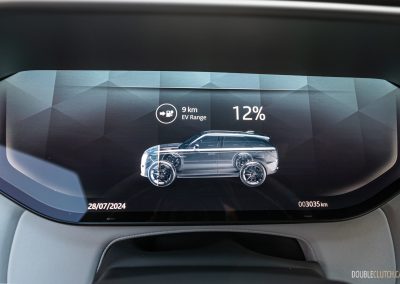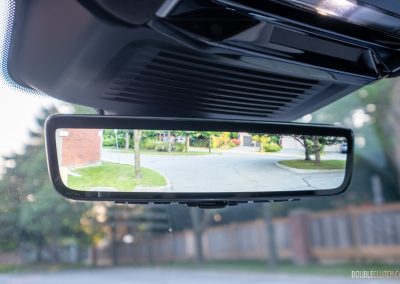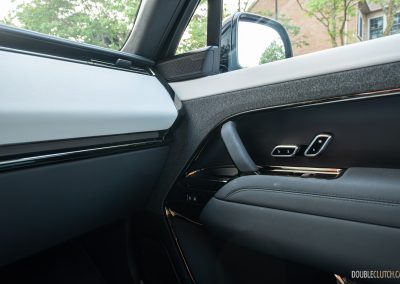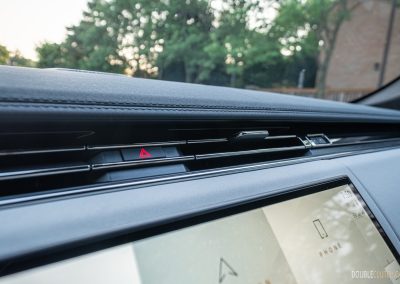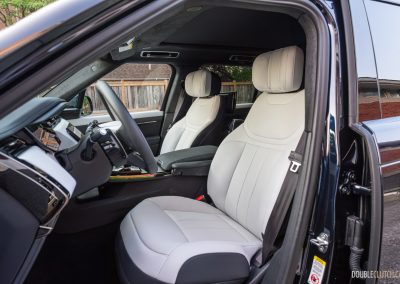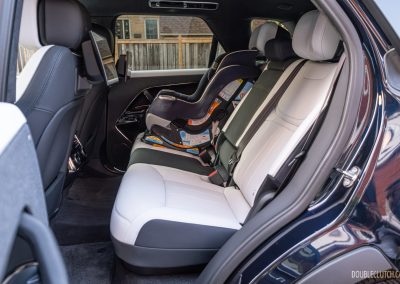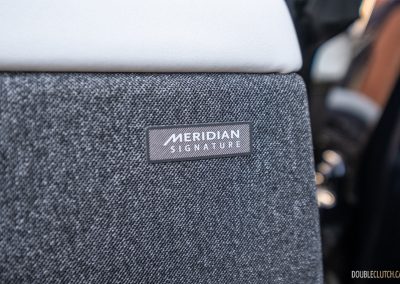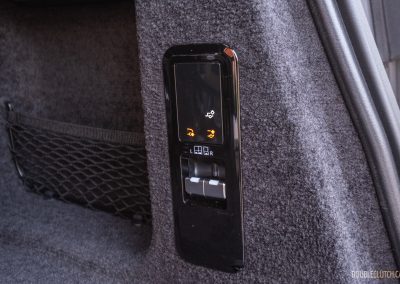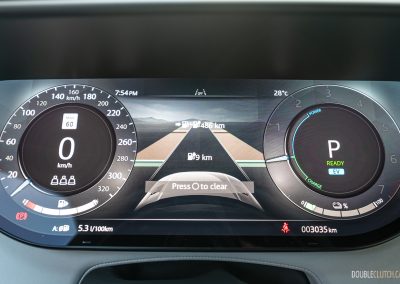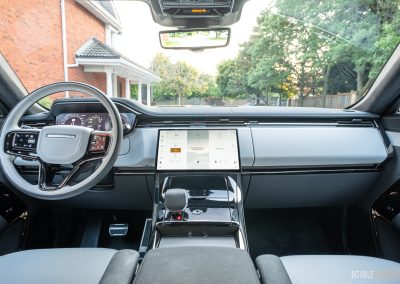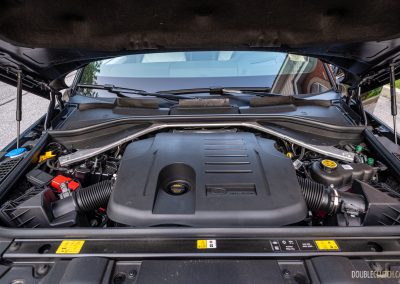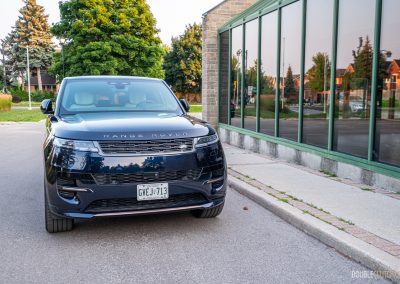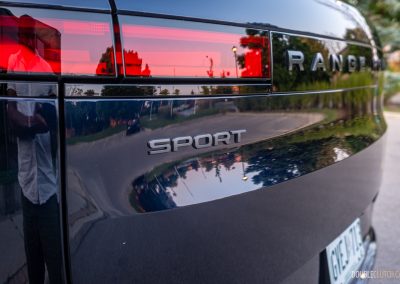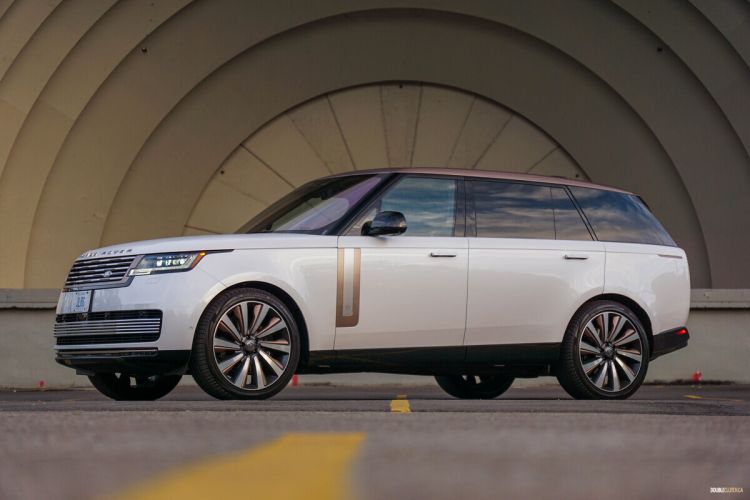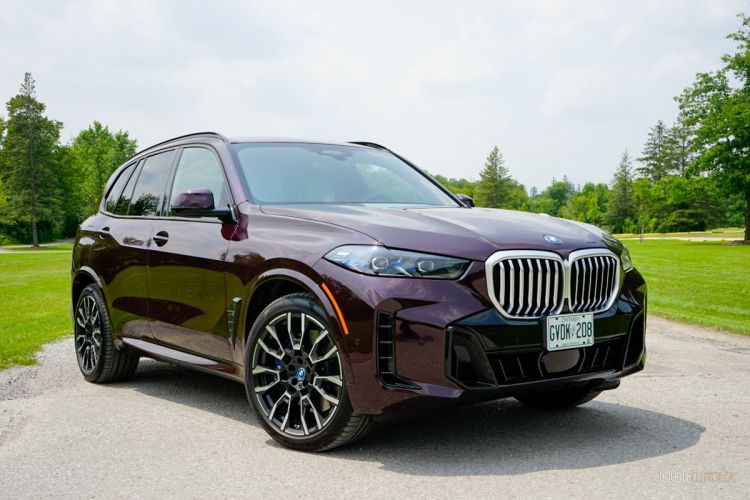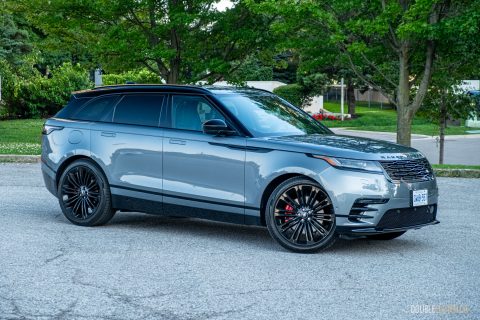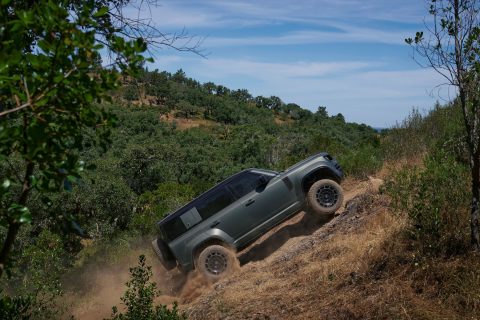Despite the popularity of Range Rover, I don’t think many people understand their lineup — or more so, their naming structure. There’s the Range Rover Evoque and Velar on the lower end, the big-boy Range Rover on the top end known only as Range Rover, and in between we have the Range Rover Sport. No, this isn’t a sporty trim level, but rather a whole other model. Confused? Me too, but this 2024 Range Rover Sport Autobiography P550e PHEV makes you forget all about that — and almost any other stress you have in your life.
I think when most people think of Range Rover, what they actually picture is probably the Sport. Yes, the top-of-the-food-chain Range Rover is the true baller-spec one, but most of us see Sports flying around town. It’s easy to see why: they’ve always been attractive, and the naming structure and familial resemblance throughout the portfolio has a bit of a silver lining. You never feel like you bought the “cheap” one.
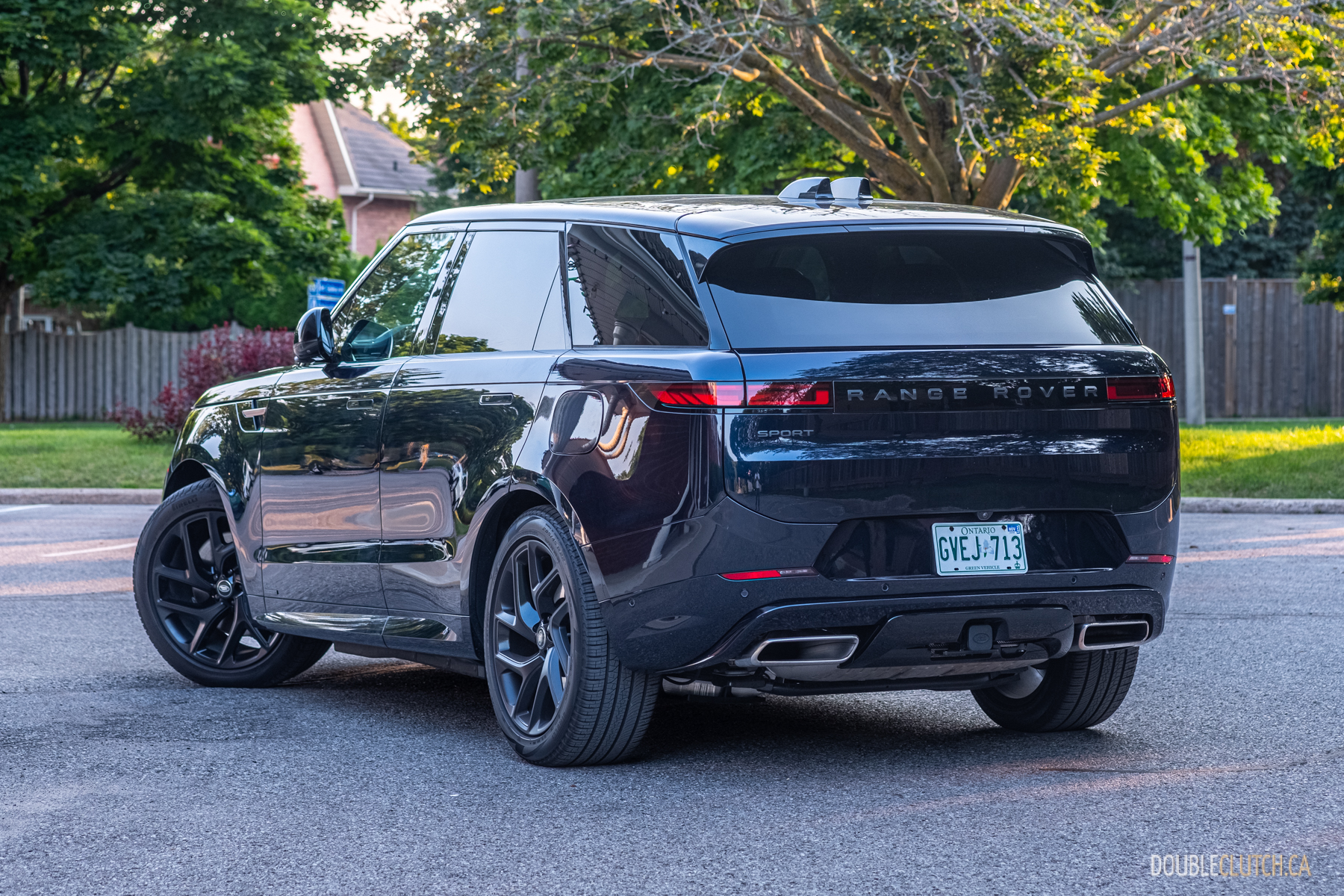
This latest update for 2024 sharpens the look with a little nip and tuck, with slimmer headlights and a rear end inspired by the Evoque and Velar. The slab-sided body remains, as do stalwarts like the unmistakable grille and all-caps lettering right above it. The satin black 22-inch wheels on this particular tester looked a little small; I’d gladly pocket the $200 and upgrade to the prettier 23s — that’s not a typo, the bigger and brighter wheels really are a few bucks cheaper. Although the wheels were black, I appreciated that the copper accents were untouched, giving the Sport a subtle but unique look compared to every other blacked-out vehicle out there. It’s a welcome update to a design that was already aging quite well.
The Sport sees some changes inside as well, although I’m not 100 per cent certain they’re for the better. Everything now lives in the central infotainment screen, leaving literally no buttons on the centre console aside from the start button. I have the same complaints here as I did in the Velar: the well-liked and easy-to-use physical climate controls are gone, instead forcing you to wade through a bunch of sub-menus to adjust whatever you’d like. I’ll admit it does clean up the cabin and feels quite serene in its simplicity, especially with our tester’s two-tone white-on-black motif.
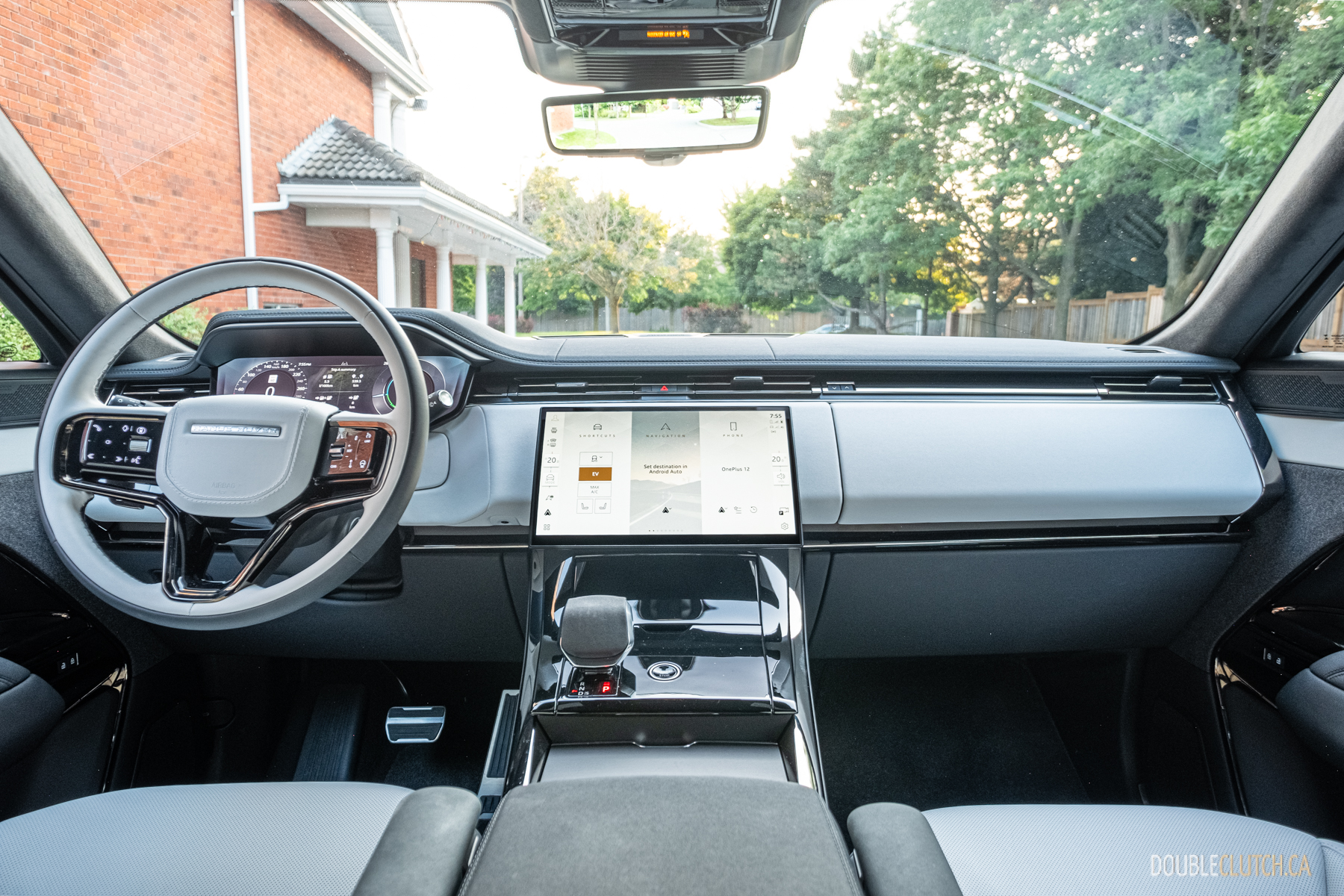
And to be fair, the interface on that 13.1-inch display is easy and mostly easy to use. You do have some shortcuts for quicker adjustments to more common inputs, like changing the temperature, but I still couldn’t figure out how to get to the massage seats without tapping the actual seat controls. This would ever-so-slightly move the seat, then trigger a seat sub-menu on the screen, after which I’d hit the seat icon and turn on the massage function. I eventually found a direct shortcut, but it was buried in the full menu. It should be obvious!
The rest of the Range Rover Sport’s interior is classy as can be, with quality touch points throughout, soft ambient lighting, and the general sense of a first-class cabin without any gimmicks. Everywhere you look and touch, you see and feel luxury, like the door cards partially finished in a premium Tweed-like fabric, dark chrome metal trim, or a suede headliner with leather pulls. It all looks and feels so very premium. But, I’m docking a point for rear window sunshades being a $500 option and missing on our tester, and another point for the step-in height being uncomfortably high, even with the air suspension in “access” mode. Aside from that, it’s a damn near perfect place to be.
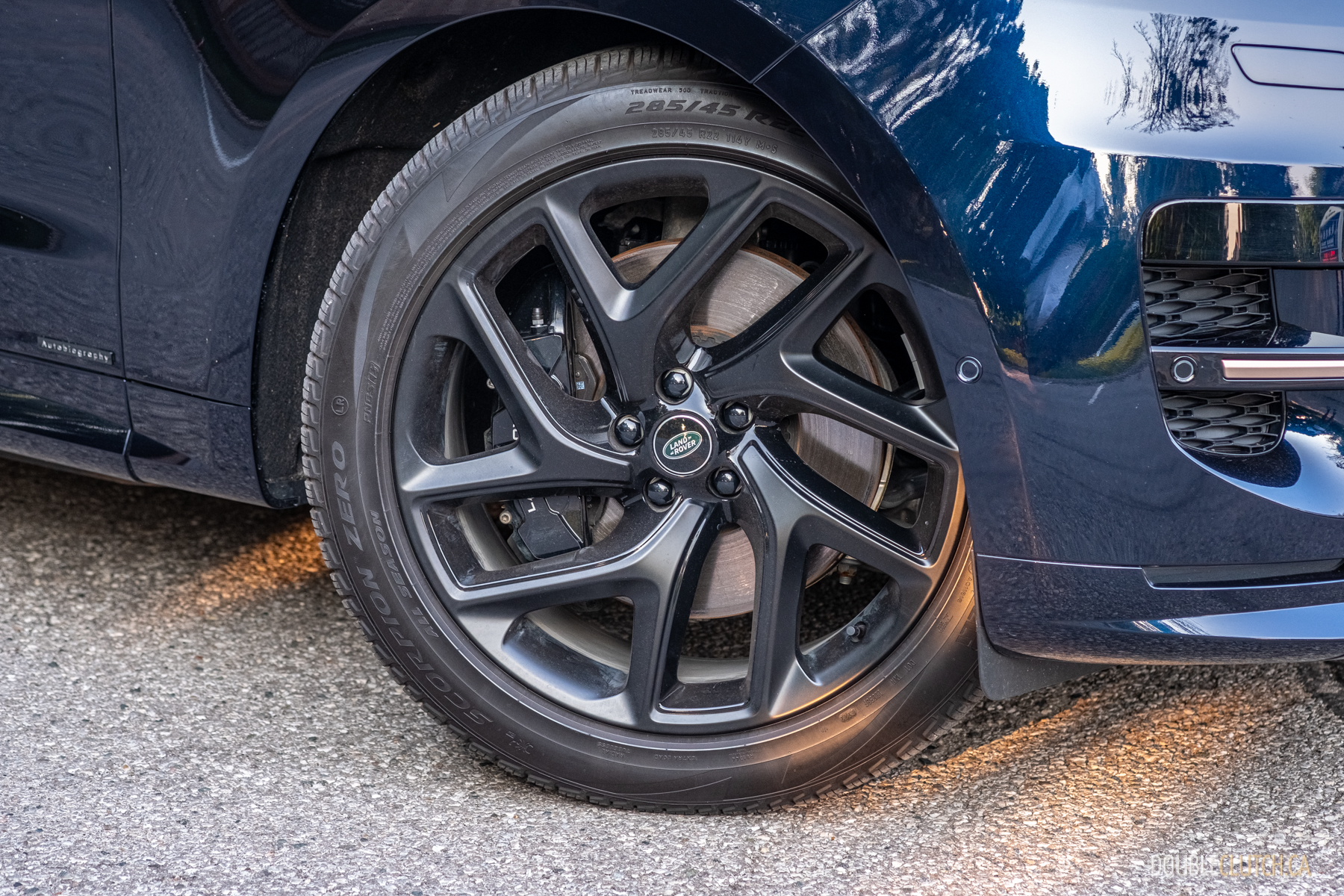
I never expect SUVs to drive particularly well; I was pleasantly surprised with the Velar, but I was actually a bit put-off from my initial drive with the Sport. Despite the name, it’s actually quite soft, wallowing and wafting over bumps and uneven roadways, and doing a rather poor job of masking its weight. But after accepting that Sport is nothing but a name, I quickly grew to appreciate the opulent luxury that the Sport bestows upon you. It’s effortless, more S-Class than AMG.
The plug-in hybrid powertrain works wonders, operating in a mostly smooth manner to give you the benefits of EV quietness and smoothness without any of the range anxiety. When the gas engine comes on, it’s the much-loved and buttery smooth inline-six used almost everywhere else in Jaguar Land Rover’s lineup. It’s treat in of itself, but you seldom use it: the PHEV portion, with its 38.2 kWh battery, provides up to 83 kilometres of EV-only range. It’s enough for most people’s daily commutes, and boy, it’s as quiet as can be. Everything — engine noise, wind noise, road noise, and most anything else — is kept to a whisper.
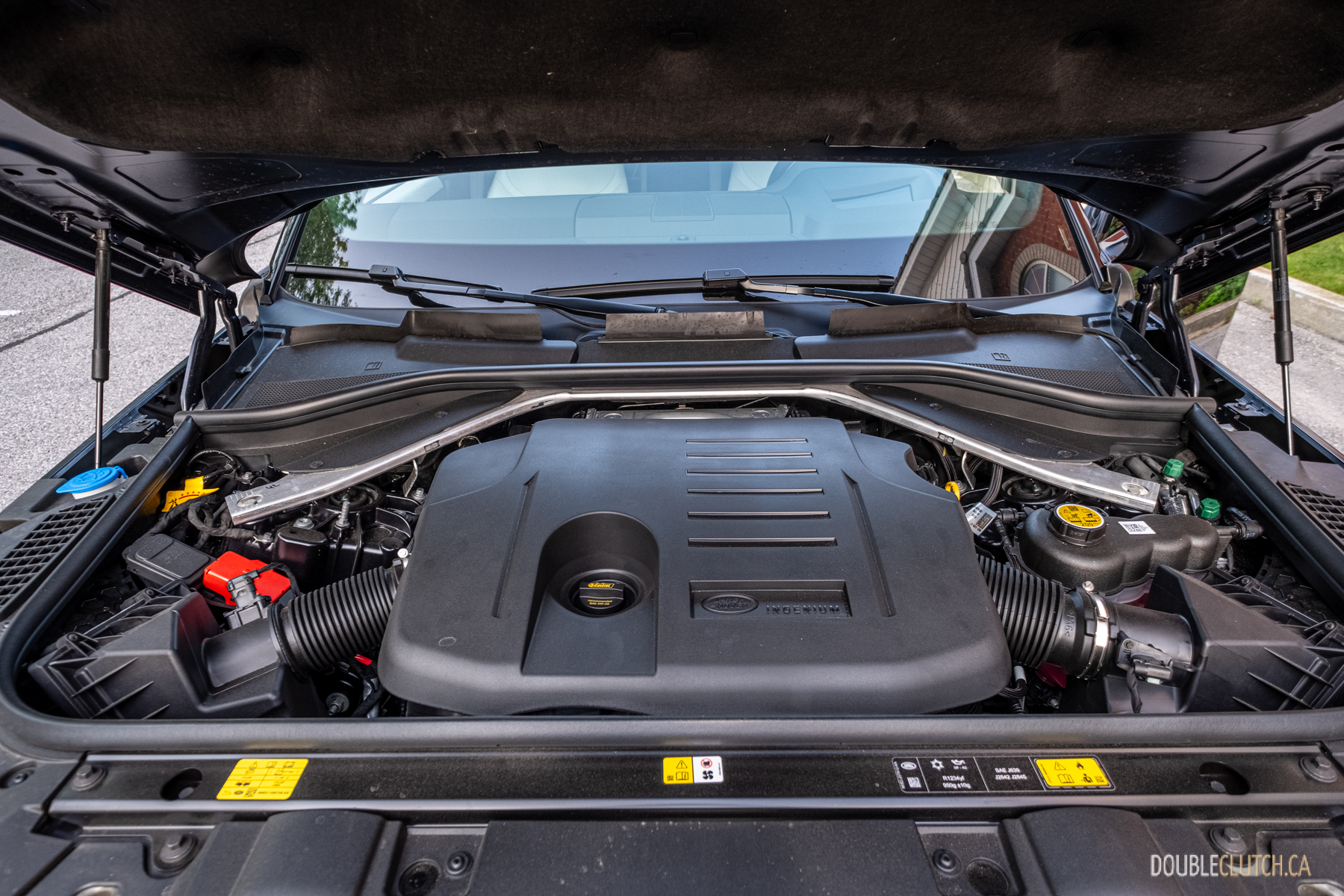
All told, the hybrid powertrain produces a combined 543 horsepower, and 590 pound-feet of torque at a lowly 2,000 rpm. This, of course, is routed to the ground via an eight-speed automatic transmission and Range Rover’s famously capable all-wheel-drive system. It features multiple to maximize on- and off-road traction; the powertrain feels appropriately robust, but the Sport’s 6,000-plus-pound curb weight keeps it from being overly speedy.
The plug-in hybrid is the right way to option a Sport. It doubles down on the fact that a Range Rover is meant to be a luxury vehicle first and foremost that just so happens to have a fair amount of grunt and off-road capability underneath. The 2024 Range Rover Sport Autobiography P550e PHEV certainly isn’t as sporty as the name suggests, and its $144,150 as-tested price tag may give you some pause. But if you’re looking to get anywhere in luxury and comfort, nothing else does it better — except maybe the Range Rover. No, not the brand, the one without the “Sport” in the name. The big one. Ahh, forget it, just enjoy this thing for what it is — a serene, leather-lined, whisper-quiet treat that melts the stress away.

